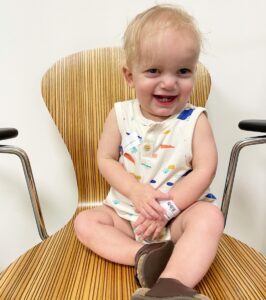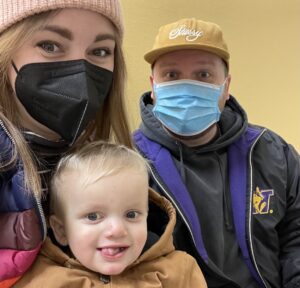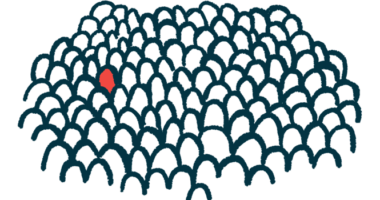Why making time for doctor appointments is challenging
Parenting a child with Alagille syndrome entails lots of lab work and logistics

For me, one of the most dreaded parts of being the parent of a child with a rare genetic disorder is getting lab work done. We already have a number of doctor appointments throughout the year, and this task just adds to the logistical challenges.
Before each gastroenterology (GI) appointment, we must ensure that we’ve made an extra trip to the hospital for a blood draw. The amount of time that’s required to be a caregiver for someone with Alagille syndrome is significant, and getting lab work done always feels like an extra step that’s hard to fit in.
When we started the journey with our son Finley’s Alagille syndrome, we’d have his blood draws done after our appointment with a GI doctor.
With this routine, my wife, Dani, and I found it challenging to get the answers we wanted. It became like a game of telephone with our doctors via MyChart so that we could understand what the posted results meant.
While we’ve gotten better at interpreting the scientific language of lab results, we aren’t doctors, and the results often weren’t as bad as we’d assumed they were because of our limited knowledge of the subject.
Having the results ahead of our appointments brought a sense of calm because we could have our questions answered in person. So much information is processed through those labs that having someone in the room to answer questions in a way we can understand has been a big help.
But it comes with drawbacks: an extra trip to the hospital; extra time in the waiting room; and keeping Finley happy in an environment that isn’t exactly a kid’s favorite place to be. And the worst part? Holding him in position so that a lab technician can draw blood. As parents, our job is to protect our children, but in this case, we have to protect Finley by putting him in an uncomfortable position.
Getting poked with a needle is never fun, and I can’t imagine anyone enjoys it. When Finley was young and very small, the process often had to be extended because they couldn’t draw enough blood for the long list of tests that our care team ordered.
I’d have to hold down my young, crying child as a technician tried to obtain just enough blood to cover all of the necessary steps. It was heartbreaking every time.
Thankfully, lab work has gotten easier as Finley has aged. (He’s now 3.) What hasn’t become easier is finding the time for the extra trip. Finley is in day care, both my wife and I work, and he has an older brother in kindergarten. Additionally, there are youth sports, swimming lessons, class programs, and all of the other regular life activities of a family of four.
I’m thankful to have a job that allows me flexibility, because if I didn’t, it’d be much harder to take Finley to the mandatory medical appointments. Finding the time is tough, but we make it work. I’m not sure it’ll get easier anytime soon, but we’ll continue to take every step that’s necessary to ensure that Finley gets every bit of care he needs.
Note: Liver Disease News is strictly a news and information website about the disease. It does not provide medical advice, diagnosis, or treatment. This content is not intended to be a substitute for professional medical advice, diagnosis, or treatment. Always seek the advice of your physician or other qualified health provider with any questions you may have regarding a medical condition. Never disregard professional medical advice or delay in seeking it because of something you have read on this website. The opinions expressed in this column are not those of Liver Disease News or its parent company, Bionews, and are intended to spark discussion about issues pertaining to liver disease.










Leave a comment
Fill in the required fields to post. Your email address will not be published.